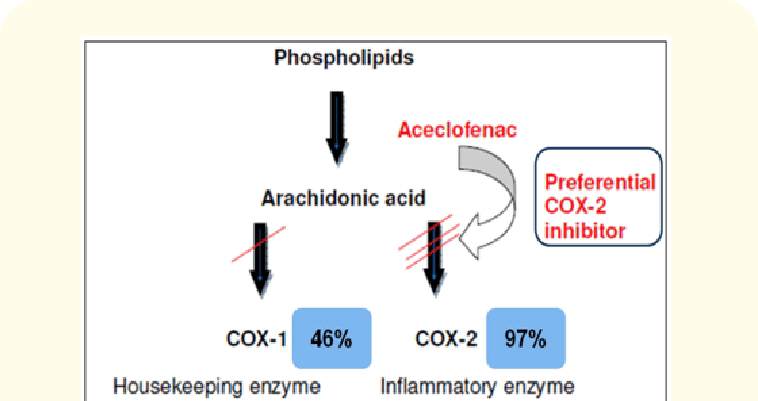osce and learning points
Osce questions-
Risk factors for BPH
-men over 50 years of age
-men who are obese
-men whose fathers have BPH
-some men with erectile dysfunction
Features of BPH
-incomplete emptying of bladder
-increased frequency of urination
-urgency of urination
-nocturia
-weak stream of urine
Diagnosis:
Symptom score index: first step to diagnose BPH
Digital rectal examination:
Patient lies on his side or bend over.The doctor inserts the gloved finger in to rectum to feel the back of the prostate gland. The doctor is looking for enlargement, tenderness, lumps or hard spots.
Urine analysis:
• Urine tests for blood, protein, signs of infection, sugar .
•post void residual volume
•uroflometry
Scans:
•ultrasound
•cytoscopy
•MRI and CT
Blood tests:
Prostate specific antigen
Confirmatory test:
Transrectal ultrasound
Multiparametric MRI
Learning points
Due to above mechanism aceclofenac causes constriction of blood vessels, decrease GFR .
Source:
https://www.urologyhealth.org/urology-a-z/b/benign-prostatic-hyperplasia-(bph)







Comments
Post a Comment